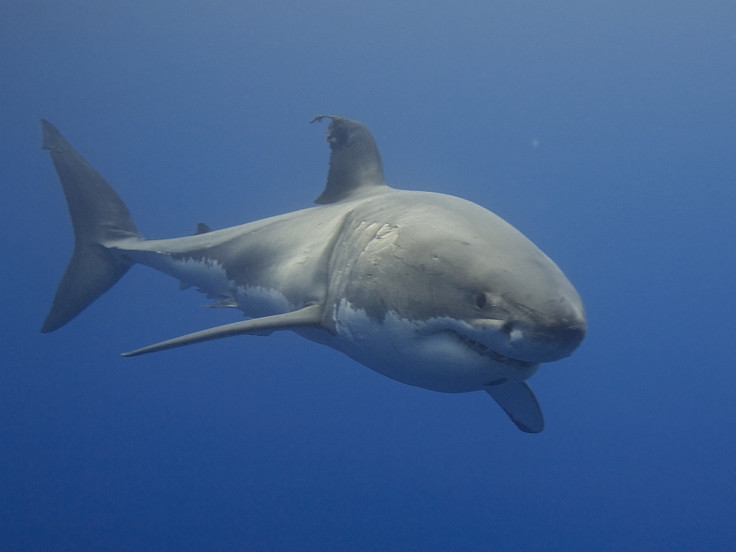Wildlife GPS tagging offers new tools to scientists... and poachers
Wildlife tagging helps research and conservation but could have unintended negative effects.
Developments in electronic tagging and tracking have revolutionised the way wildlife is studied and improved conservation strategies. But scientists now worry that the innovative technology also has the potential to increase the threat of poaching, if it falls into the wrong hands.
Many species are hard to observe in their natural environments. One example is basking sharks who spend much of their time hidden in deep water, away from scientists' gaze. Fitting wild animals with GPS tags to monitor them and track their movement patterns has led to unprecedented insights into their ecology, revealing habitat associations and behaviours that had been unknown until then.
The technique has been used in many different fields, ranging from ecology and natural history to conservation. In Chad for instance, where scimitar-horned oryx have recently been reintroduced, tagging is used to check where the animals are at any given time and whether they are thriving.
However, as public awareness of this type of research has grown, researchers have begun to observe troubling trends, with an increasing number of non-scientists using tagging and tracking for other purposes.
In a paper recently published in the journal Conservation Biology, a team of scientists has has listed a number of issues related to the use of these technologies to track marine, terrestrial and freshwater species.
"It is the first time that a review of this situation has been published and the way we got our data is very telling - there were few academic studies on the subject but many examples of animals threatened by tracking technologies that we gathered from news reports or from conversations with colleagues. Since the publication, other scientists have come out with more stories which suggests that as a community, this is something we need to look at and start preparing for", lead author Dr. Steven Cooke, director of the Institute of Environmental Science at Carleton University, told IBTimes UK.
Revealing the animals' location
GPS tags reveal the animals' location, and have in some instances been implicated in the killing of threatened species.
The study's authors mention the example of the endangered white sharks. In Western Australia, acoustical tags have been used to study the great shark's spatial ecology and to inform conservation planning. The tags also acted as a warning system on beaches. However, the data collected was also subsequently used to locate and kill sharks, allegedly to reduce human-wildlife conflict – a development that was described as "troubling" by many scientists.
Another problem is the use of tagging and tracking technologies by members of the public in the context of their hobbies – such as wildlife photography. Although this may appear less problematic than the threat of poaching, the fact that some people use publicly available tagging data or acquire tracking equipment for non-research purposes, to spot animals, increases their exposure to humans. This may habituate them to human interaction, transforming their natural behaviours and making the risk of human-wildlife conflicts more likely.

In this context, the scientists believe that these technologies may have a negative impact on wildlife in the future, with groups engaging in increasingly sophisticated forms of poaching. "We anticipate malicious attempts to derail telemetry studies or distort study findings. For example, intentional deployment of duplicate tag codes could preclude the ability of researchers to discern real detection or know what they are tracking", they write.
To tackle the different issues relating to tagging and tracking wildlife, more research needs to be conducted, including research on public perceptions and attitudes toward research needs, animal welfare, and data stewardship. Beyond the necessity to address poaching, it will be important to make sure that everyone understands how these technologies should be used for scientific purposes and how they should be shared.
"We live in an era of open data, where a lot of data is made public, except for privacy or security reasons. This raises questions of whether animals have a right to privacy and there may be a strong case here for the most endangered animals. We need to think what we do with the data before it is out there and everyone knows where the most threatened species are located. This may mean rethinking the way we present our findings in studies or share our information - for example publishing representational maps showing only patterns of movements, rather than real maps showing exactly where animals are", Cooke concluded.
© Copyright IBTimes 2025. All rights reserved.






















